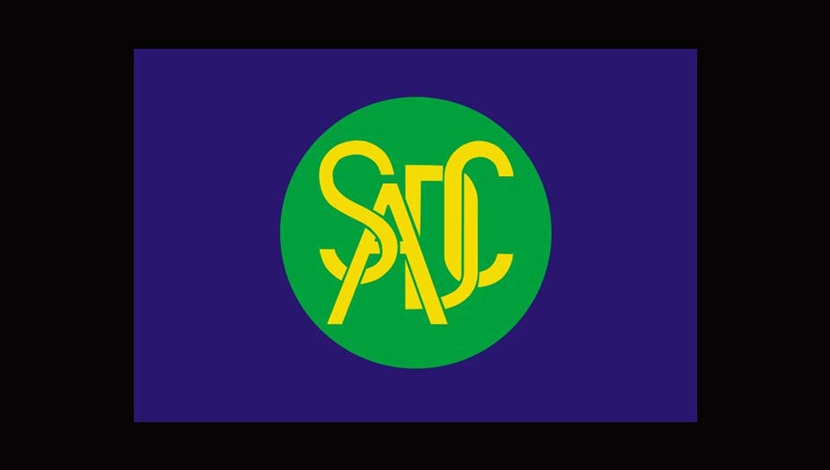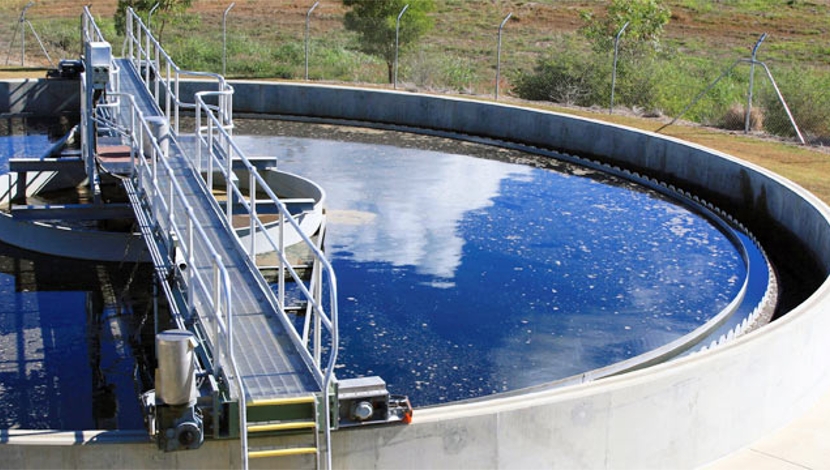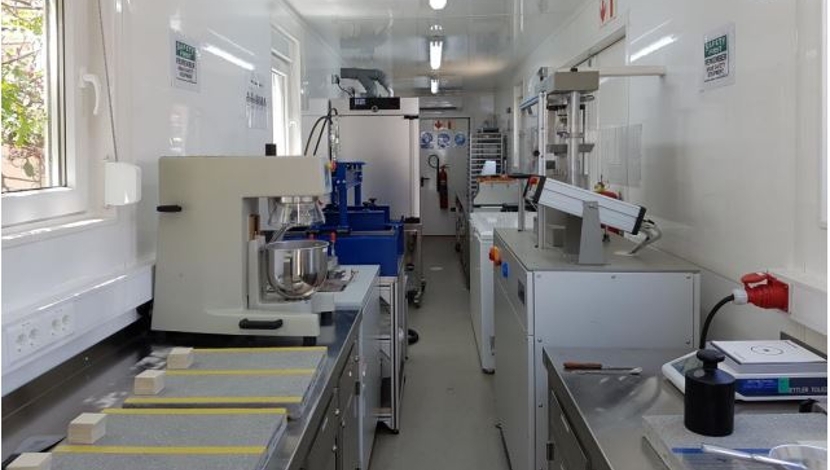
![SADC - [http://flagcraft.co.za/Portals/0/FOW/SADC/aaSouthern%20African%20Development%20Community%201.jpg]](https://concretetrends.dmgeventslive.com/wp-content/uploads/2016/11/5887c50578562f62006e9f3608514b23.jpg)
South Africa is at risk of being left behind as its neighbours ramp up port and corridor develop- ment and rapidly reduce their dependence on the Southern African powerhouse’s trade routes.
With continued infrastructure-led growth, the changing dynamics in the Southern African Development Community (SADC) region will accelerate at South Africa’s expense if it does not “shape up”, with new key corridors diverting trade away and subverting the country’s attempts to cling to the long-lost status of ‘gateway to Africa‘.
South Africa was stagnating, and with the rapid changes outside the country, the rest of the SADC region was becoming less and less dependent on the southern-most African country as the years passed, Africa-focused consultancy Africa House director Duncan Bonnettcommented at a Johannesburg Chamber of Commerce and Industry business breakfast on Wednesday.
Currently, around 53% of regional trade by value originates in, and 29% is destined for, South Africa, and, while there is still a high reliance on South Africa’s seas and roads, this will change as infrastructure spend grows and the region’s own key transport corridors are unlocked.
“There is an understanding in most countries [of the need for] and a desire to get a bigger slice of the pie, and that slice of the pie is going to be at our [South Africa’s] expense, every time,” he said.
Infrastructure spend in sub-Saharan Africa will grow by 10% a year over the next decade, exceeding $180-billion by 2025, and while Nigeria and South Africa currently dominate in this spend, Ethiopia, Ghana, Kenya, Mozambique and Tanzania are doing good work to catch up.
Walvis Bay, in Namibia, is fast becoming a transit point for suppliers into the Copperbelt, Botswana and Zimbabwe, while the Lobito Corridor could reroute significant volumes of trade, such as copper, cement, chemicals and fuels away from South Africa and to Angola.
The Walvis Bayport development, being promoted as the preferred access to the SADC region, is a rising star, offering port efficiencies, good road networks, security, efficient borders and minimal corruption, with the full backing of government, said Freight and Trading Weekly Africacorrespondent Ed Richardson.
“We are losing market share in our key regions, down from 34% in 2010 to 26% in 2014, with a slight recovery in 2015,” he said. “Unless we can start to compete, it doesn’t look that good for us.” a





